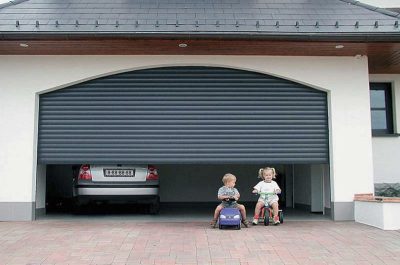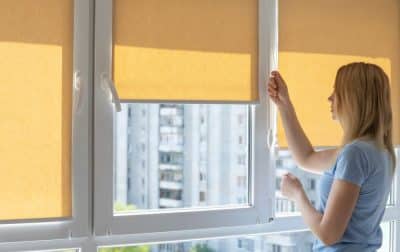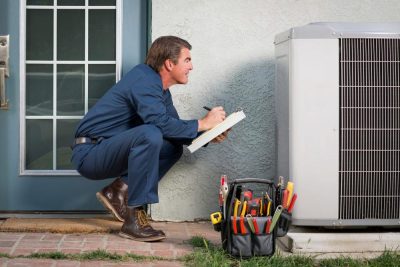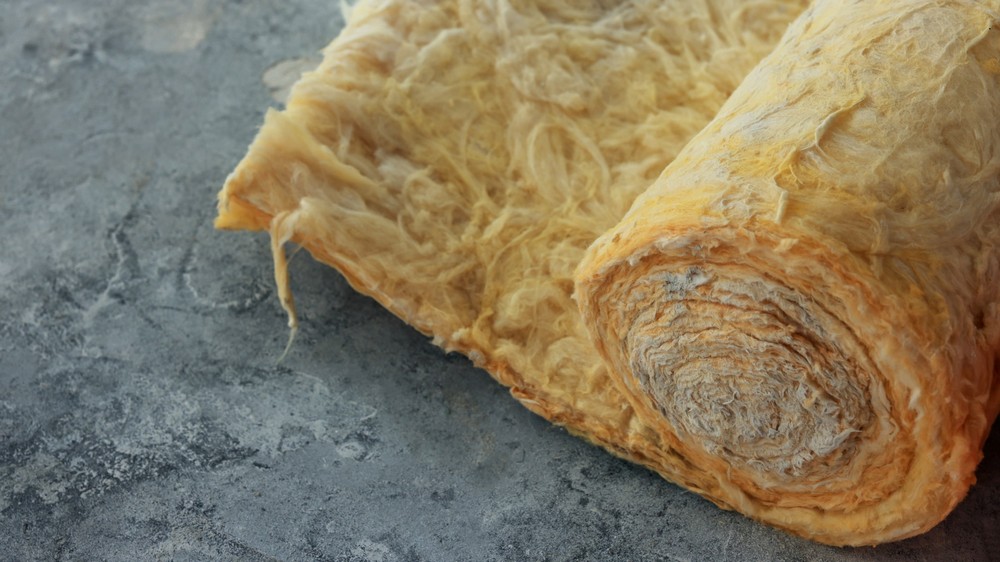
Welcome to a delightful expedition into home insulation, where comfort intertwines with savvy savings. Picture your home as a sanctuary, providing warmth in winter and incredible relief in summer. Now, envision insulation as the unsung hero, the key element that transforms your dwelling into a cozy haven, shielding it from weather whims and fluctuating energy bills.
In the symphony of homeownership, insulation plays a crucial role – the warm embrace, the shield against the elements, the guardian of your finances. But why does a home crave insulation? It’s more than just temperature control; insulation is the linchpin of energy efficiency, crafting a barrier against nature’s extremes. Join us as we show the significance of insulation, explore the factors guiding material choices, and unveil the top 5 energy-efficient contenders. This journey promises not only a transformed home but also a jubilant wallet because a snug home is undeniably a joyful one!
Why do homes need insulation?
In the intricate dance of maintaining a comfortable and energy-efficient home, insulation emerges as the unsung hero, silently performing its duty to keep your sanctuary cozy and your energy bills in check. Let’s delve into the compelling reasons homes need insulation, exploring the multifaceted benefits beyond temperature regulation.
Temperature Regulation:
- Winter Warmth: Insulation acts as a thermal barrier, preventing the precious warmth generated within your home from escaping during cold winter months. By forming a protective shield, it ensures that the heat produced by your heating system is retained, creating a snug environment for you and your loved ones.
- Summer Coolness: Similarly, insulation plays a pivotal role in the sweltering heat of summer. It becomes a barrier against the scorching sun, preventing the outdoor heat from infiltrating your home. This helps maintain a relaxed and comfortable indoor temperature without overburdening your cooling systems.
Energy Efficiency
Homes without proper insulation often experience significant energy loss. With insulation in place, the need for constant heating or cooling diminishes, resulting in reduced energy consumption. This contributes to environmental sustainability and translates into substantial savings on your energy bills.
Cost Savings
Lower Utility Bills: The economic benefits of insulation cannot be overstated. A well-insulated home requires less energy for heating and cooling, leading to lower utility bills. Over time, the initial investment in insulation pays off, offering a considerable return on investment as you witness a consistent drop in your monthly energy expenses.
Structural Protection
Insulation serves as a barrier not only against temperature extremes but also against moisture. Proper insulation prevents the formation of condensation within walls, ceilings, and floors, safeguarding your home from potential structural damage caused by dampness and mold growth.
Enhanced Comfort and Indoor Air Quality
Insulation ensures a uniform temperature distribution throughout your home, eliminating cold spots and drafts. This consistency enhances overall comfort, providing a welcoming atmosphere for occupants.
Additionally, insulation contributes to better indoor air quality by creating a barrier against pollutants, allergens, and external contaminants. This is especially crucial for individuals with respiratory sensitivities or allergies.

Factors to consider while choosing an insulation material
Choosing the suitable insulation material for your home is like selecting the perfect blanket—cozy, tailored to your needs, and capable of withstanding the seasons. As you navigate this critical decision-making journey, consider these five factors:
R-Value
This factor determines thermal resistance, indicating how well the material resists heat flow. A higher R-value implies better insulation. Tailor your choice to your region’s climate, opting for a higher R-value in colder climates to keep your home warm in winter.
Cost
Budget considerations are crucial. While some materials boast superior insulation, they might come at a higher price. Fiberglass, a cost-effective option, appeals to budget-conscious homeowners. Balance upfront costs with long-term energy savings to find a financial sweet spot.
Environmental Impact
Embrace sustainability by choosing materials with minimal ecological footprints. Look for recycled content or recyclable options. Cellulose insulation, crafted from recycled paper and mineral wool sourced from natural or recycled minerals, aligns with eco-friendly living.
Installation Method
The ease of installation varies among materials. Some, like spray foam, demand professional installation, while others, such as fibreglass batts, cater to DIY enthusiasts. Assess your comfort level with installation processes and decide if professional help is necessary for a seamless application.
Moisture Resistance
Materials like spray foam and rigid foam boards are crucial in humid climates because they create an effective moisture barrier, preventing mold growth and structural damage. Evaluate moisture resistance to ensure compatibility with your home’s specific environment.
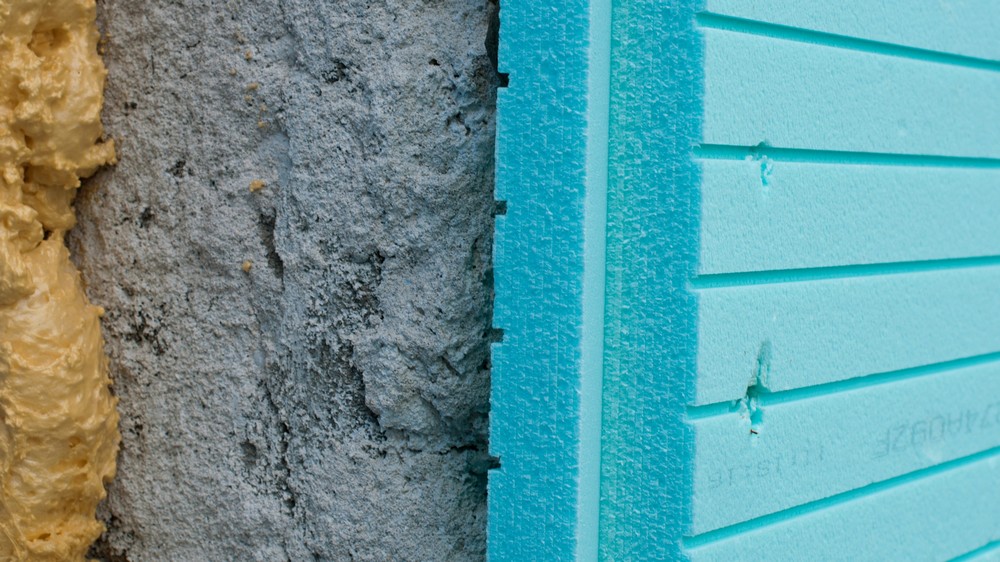
5 – Most Energy-Efficient Insulation Materials:
In-home insulation, not all materials are created equal. Some stand out as champions in energy efficiency, providing your home with the ultimate defence against temperature extremes and energy wastage. Let’s explore the top five players in this game of coziness and savings.
1. Spray Foam Insulation
Meet the superhero of insulation materials – spray foam. What makes it a standout choice is its unique ability to expand, fill every nook and cranny and create an airtight seal. This versatility ensures that your home remains a fortress against the elements. With an impressive R-value and unmatched sealing capabilities, spray foam is the go-to solution for those looking to invest in long-term energy savings. Yes, it may come with a slightly higher price tag, but its comfort and efficiency make it a worthy contender.
2. Fiberglass Insulation
Fibreglass is the reliable sidekick if spray foam is the superhero. Cost-effective and readily available, fibreglass insulation is a popular choice for many homeowners. It comes in rolls or batts, making it easy to install, even for the DIY enthusiast. Beyond its budget-friendly nature, fibreglass insulation boasts decent R-values, providing a reliable barrier against temperature fluctuations. Watch out for those itchy fibres – gloves and long sleeves are your trusty allies when working with this material.
3. Cellulose Insulation
For eco-friendly options, enter cellulose insulation. Made from recycled paper, it’s a sustainable choice that doesn’t compromise performance. Cellulose can be blown or sprayed into walls, creating a seamless barrier against the elements. Besides its eco-friendliness, cellulose insulation is known for its fire-retardant properties and excellent soundproofing capabilities. It’s a win-win for your home and the environment.
4. Mineral Wool Insulation
Rock-solid in performance, mineral wool insulation is crafted from molten rock or recycled slag. This material is fire-resistant, moisture-resistant, and provides exceptional thermal performance. Natural wool insulation is a versatile choice for various applications and is available in batts or loose-fill. Whether you’re insulating walls, ceilings, or floors, this robust contender offers reliable protection against the cold and heat.
5. Reflective Insulation
Ever dreamt of having a shiny home? Reflective insulation might make your dreams come true. This material uses a reflective surface to bounce back heat, keeping your home cool in the summer. It’s commonly used in attics to prevent radiant heat from infiltrating living spaces. While it may not be the sole solution for all insulation needs, combining reflective insulation with other materials can enhance overall efficiency, especially in warmer climates.
Preparing for Insulation Installation
- Now that you’ve picked your insulation material, it’s time to prepare for the installation marathon. First things first, assess your home’s current insulation situation. Identify any gaps, leaks, or areas needing attention. Clear the clutter and create a smooth working environment for your installation team, whether it’s professionals or your weekend warrior self.
- Ensure you have the right tools and safety gear – consider it as gearing up for a home improvement adventure. From gloves and safety glasses to a trusty ladder, having the right equipment is essential for a successful insulation installation.
Insulation Tips for Different Seasons
Insulating your home is not a one-size-fits-all deal; it’s a year-round affair. Here are some seasonal tips to keep your home comfortable and your energy bills in check:
Winter:
- Check for drafts and seal any gaps around windows and doors.
- Focus on insulating the attic, walls, and floors to keep the warmth inside.
- Consider heavy curtains or thermal blinds for an extra layer of coziness.
Sizzling Summer
- Reflect the sun’s rays with reflective insulation or light-coloured roofing.
- Insulate your attic to prevent heat from penetrating your home.
- Use weatherstripping to seal gaps around windows and doors, keeping the cool air in.
Rainy Days and Leaky Roofs
- Regularly inspect your roof for leaks and repair any damaged areas.
- Ensure proper drainage to prevent water from seeping into your home.
- Check your insulation for signs of water damage and replace as needed.
Final Words
You’re now equipped with the knowledge to choose the perfect insulation materials, prep your home for installation, and conquer the ever-changing seasons. Remember, a well-insulated home keeps you comfortable and puts a smile on your wallet. So, embrace the cozy vibes, and let your home become the haven you’ve always dreamed of – energy-efficient and full of warmth!




